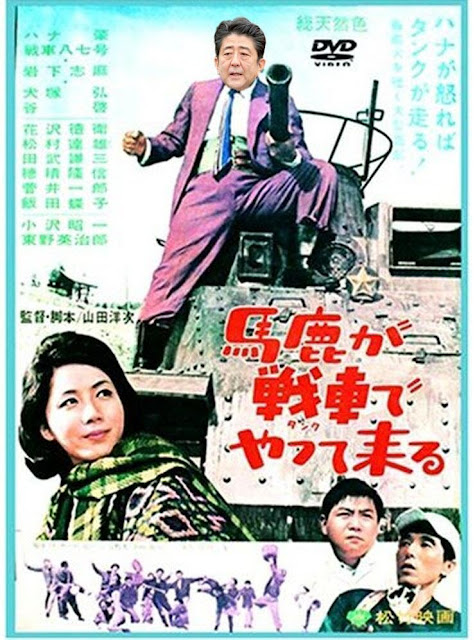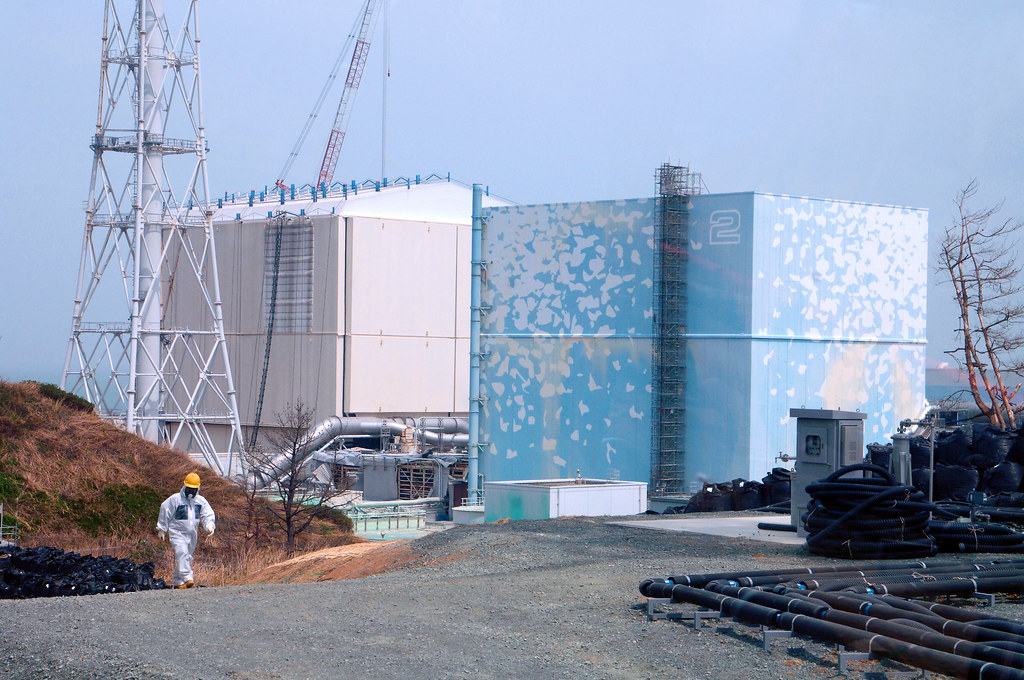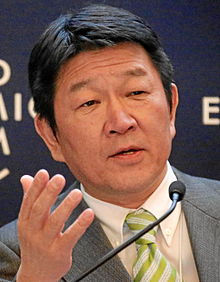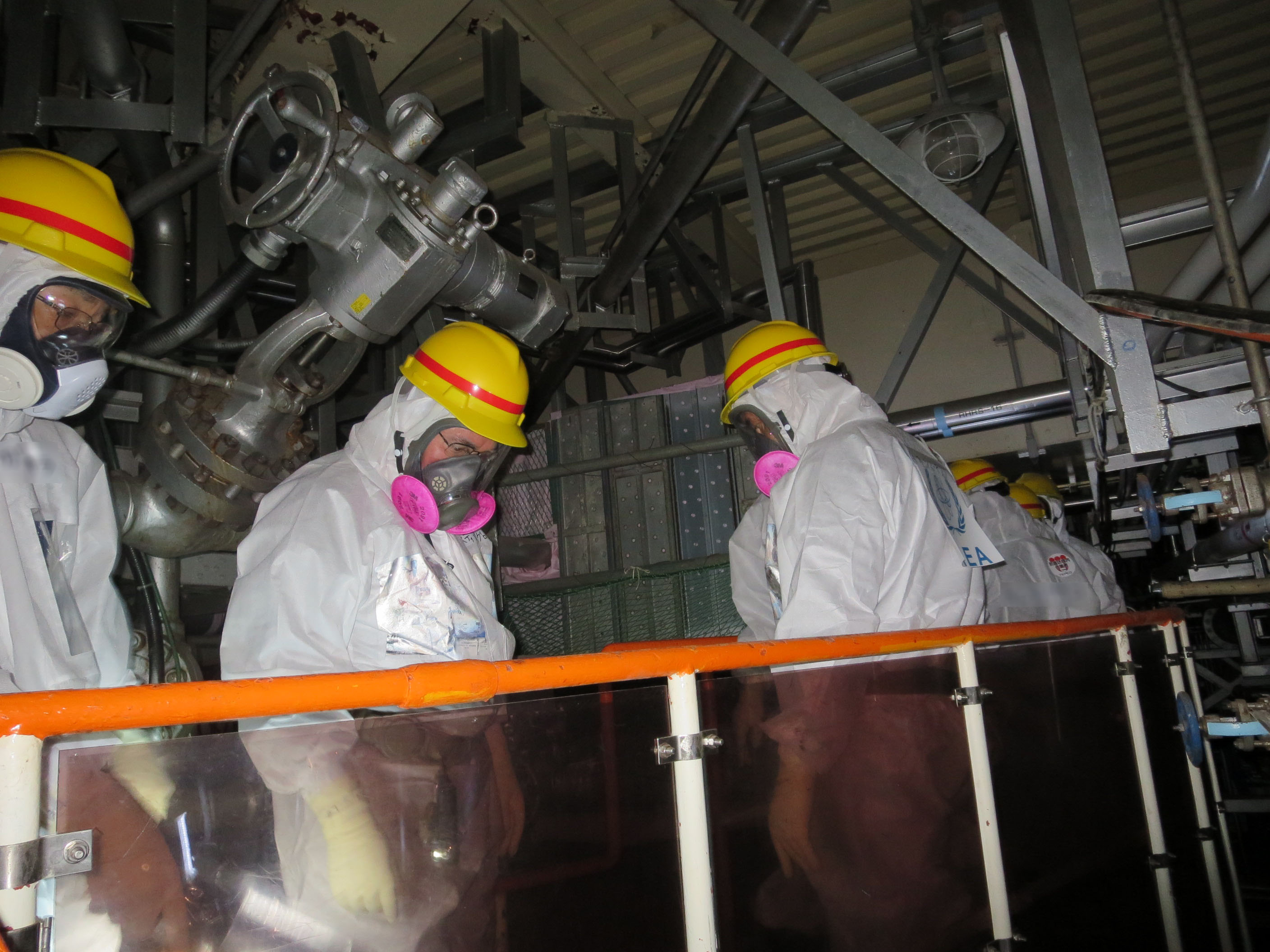(UPDATE 4/30/2013) Now the governor wants to correct his remarks, according to Nikkei Shinbun. Nikkei quotes him saying "不適切な発言があり、おわびしないといけない。訂正したい Some of my remarks were inappropriate, and I need to apologize. I want to correct my remarks." Governor Inose and his supporters spent all day yesterday criticizing New York Times.
According to one of the NY Times reporters, the interview was requested by the Tokyo Metropolitan government, and was conducted in a hotel room arranged by the government for that purpose.
=================================
Classes?
The one and only qualification to be the governor of Tokyo must be to be foul-mouthed and classless. And incomprehensible.
From New York Times (4/26/2013; emphasis is mine), with Governor's remarks in blue:
In Promoting His City for 2020 Games, Tokyo’s Bid Chairman Tweaks Others
With less than five months to go before the International Olympic Committee chooses a city to host the 2020 Summer Games, the three remaining bidders — Istanbul, Madrid and Tokyo — are increasing their efforts to win over delegates and the public.
The Olympic committee’s rules prohibit bid committee members from directly criticizing other bids. Instead, the bidders often highlight the perceived strengths of their bids to note delicately what they believe to be their rivals’ shortcomings, something known in the communications industry as counter-positioning.
Naoki Inose, the governor of the Tokyo Metropolitan Government and chairman of the Tokyo 2020 bid, has often done that, highlighting his city’s extensive and efficient transportation system, as well as the financial and technical wherewithal to build first-class sports sites and housing for the athletes. He has also noted that, like Paris and London, Tokyo has hosted the Summer Games before, a claim that Istanbul and Madrid cannot make.
But Inose has also pushed the boundaries of rhetorical gamesmanship with occasionally blunt and candid statements about how his city compares with the competition, particularly Istanbul, which he has suggested is less developed and less equipped to host the Games.
“For the athletes, where will be the best place to be?” Inose said through an interpreter in a recent interview in New York. “Well, compare the two countries where they have yet to build infrastructure, very sophisticated facilities. So, from time to time, like Brazil, I think it’s good to have a venue for the first time. But Islamic countries, the only thing they share in common is Allah and they are fighting with each other, and they have classes.”
Asked later to elaborate on his characterization of Istanbul, a spokesman said Inose meant that simply being the first Islamic country to hold the Olympics was not a good enough reason to be chosen, just as being the first Buddhist country or the first Christian country would not be, either.
The spokesman said Inose did not mean to refer to “class.”
Istanbul is an Olympic finalist because it is an international city in one of the fastest-developing countries in the region. A member of NATO, Turkey straddles Europe and Asia and is a bridge between Christianity and Islam. With its emerging middle class, Turkey has become a political and economic powerhouse in the region.
This is Istanbul’s fifth bid to host the Olympic Games. In a statement, the city’s bid committee declined to address comments made by rival bidders.
“Istanbul 2020 completely respects the I.O.C. guidelines on bidding and therefore it is not appropriate to comment further on this matter,” the statement said.
The International Olympic Committee does not look kindly on overtly harsh attacks by bidders, and occasionally it sends letters of reprimand to those who break with protocol, former bidders said.
According to Article 14 of the Rules of Conduct for bidders: “Cities shall refrain from any act or comment likely to tarnish the image of a rival city or be prejudicial to it. Any comparison with other cities is strictly forbidden.”
Though untoward comments rarely disqualify a bid, they could raise doubts in the minds of I.O.C. delegates about the trustworthiness of a bidder.
“The reason the rule is there is that if someone deviates from it, it triggers a chain reaction,” said Mike Moran, chief spokesman for the United States Olympic Committee from 1978 to 2002 and a senior communications counselor for New York’s bid for the 2012 Summer Games. “The I.O.C. is very serious about their protocols.”
Moran added that negative comments by bidders would probably not hurt a bid, although “you never know how a comment might influence those I.O.C. members.”
At several points in the interview, Inose said that Japanese culture was unique and by implication superior, a widely held view in Japan. He noted that the political scientist Samuel P. Huntington wrote in his book “The Clash of Civilizations and the Remaking of World Order” that Japan was unlike any other culture.
Inose also pointed to polls that showed 70 percent of Tokyoites in favor of hosting the Summer Games, up from 47 percent last year. The well-received London Games, he said, have helped generate enthusiasm and confidence that Tokyo can host a similarly successful event.
Tokyo, he added, is exceptional because the Imperial Palace, which is largely off-limits to residents and visitors, forms the city’s core while bustling activity surrounds it. “The central part of Tokyo has nothingness,” he said. “This is a unique way that society achieved modernization.”
Inose brushed aside the notion that Olympic delegates may favor Istanbul’s bid because Turkey has a far younger population than Japan and thus is fertile ground for developing the next generation of Olympic enthusiasts. While population growth has stalled in Japan, the population of Tokyo has grown because of an influx of younger people, he said. He added that although Japan’s population is aging, its elderly are reasonably healthy.
“We used to say that if you are poor, you have lots of kids, but we have to build infrastructure to accommodate a growing population,” Inose said. “What’s important is that seniors need to be athletic. If you’re healthy, even if you get older, health care costs will go down. The average age is 85 for women and 80 for men, so that demonstrates how stress-free” Japan’s society is.
“I’m sure people in Turkey want to live long,” he added. “And if they want to live long, they should create a culture like what we have in Japan. There might be a lot of young people, but if they die young, it doesn’t mean much.”
Inose has drawn distinctions between Japan and other cultures in other settings, too. When he visited London in January to promote Tokyo’s bid, he said Tokyo and London were sophisticated and implied that Istanbul was not.
“I don’t mean to flatter, but London is in a developed country whose sense of hospitality is excellent,” Inose told reporters. “Tokyo’s is also excellent. But other cities, not so much.”
Uh... Is it some kind of mortal sin not to have hosted the summer Olympics?
This governor is proud that he has an excellent command of English language (NOT, as you can see in my past post of his government's Olympic page, which reads just like Inose's remarks in the article above), but on this occasion he used an interpreter. Either he skimped on the fee for hiring the interpreter and got a very bad one, or he paid a lot and still got a very bad one, or he didn't bother to brief the interpreter on what he was about to say, or his staff didn't brief him enough, or he was too full of himself to ask for help.
It's very clear from the New York Times article that the reporters couldn't figure out what the governor or the interpreter was saying, either. So they simply transcribed what they heard from the interpreter, and that looks very bad.
This visit by Governor Inose was reported by the Japanese media as great success. Go figure.

















 Tokyo Time
Tokyo Time
![[Most Recent Quotes from www.kitco.com]](http://www.kitconet.com/charts/metals/gold/t24_au_en_usoz_2.gif)

